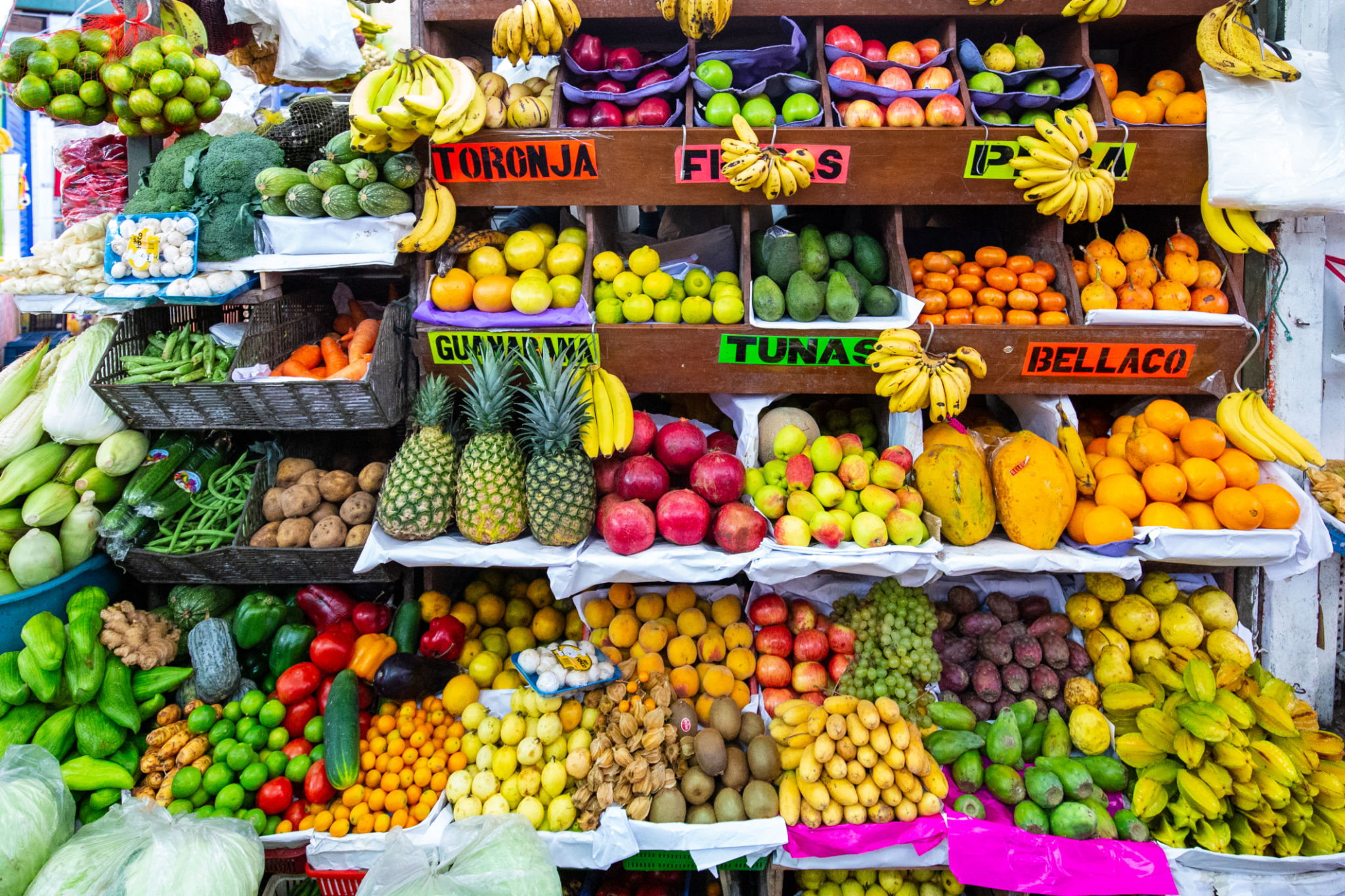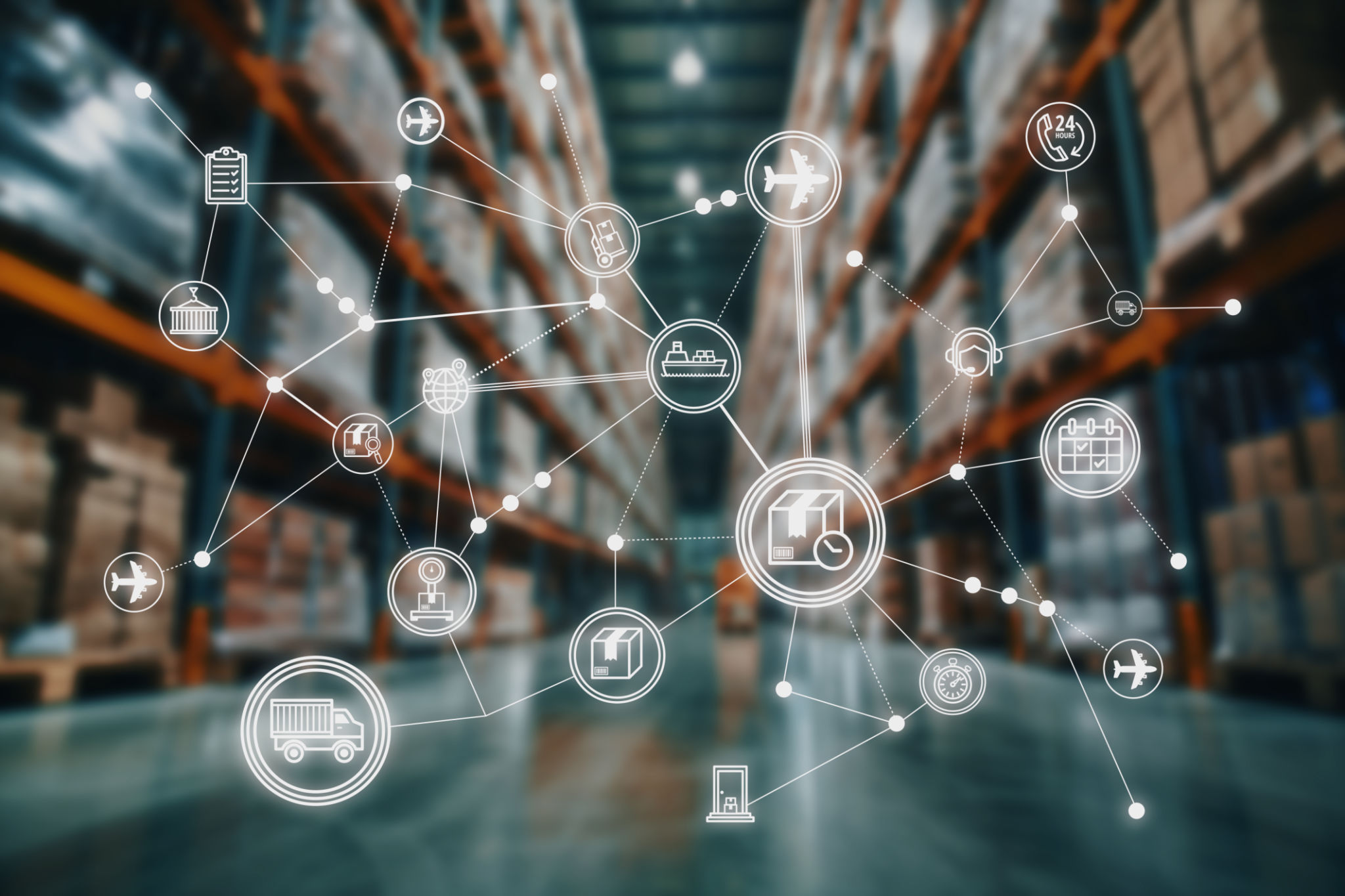Navigating Export Regulations for Peruvian Produce
Understanding Export Regulations for Peruvian Produce
Navigating the complex world of export regulations can be a daunting task, especially for businesses dealing with Peruvian produce. With the country's rich agricultural offerings, such as avocados, quinoa, and coffee, understanding the regulatory landscape is crucial for ensuring compliance and success in international markets.

Why Export Regulations Matter
Export regulations are essential for maintaining the quality and safety of goods traded across borders. For Peruvian produce, this means adhering to both local and international standards to ensure that products meet the expectations of consumers overseas. These regulations help prevent the spread of pests and diseases, maintain fair trade practices, and protect consumers from harmful substances.
Understanding these regulations is not only important for compliance but also for building a reliable export strategy. Failure to comply can result in significant delays, fines, or even bans from certain markets.
Key Regulatory Bodies
Several key regulatory bodies oversee the export of Peruvian produce. The National Service of Agrarian Health (SENASA) is responsible for ensuring that agricultural products meet the necessary health standards before they are shipped abroad. Additionally, the Ministry of Foreign Trade and Tourism (MINCETUR) plays a critical role in facilitating trade agreements and promoting Peruvian exports.

Understanding the role of these organizations and maintaining communication with them can help exporters navigate the complex regulatory environment more effectively.
Compliance Steps for Exporting
To successfully export Peruvian produce, businesses must follow a series of compliance steps:
- Research Market Requirements: Different countries have varying import requirements for agricultural goods. It is essential to research these requirements thoroughly before exporting.
- Obtain Necessary Certifications: Ensure that your produce meets international standards and obtain the necessary certifications, such as organic or fair trade labels if applicable.
- Work with Certified Exporters: Partner with exporters who are familiar with the regulatory landscape and can assist with paperwork and logistics.

Challenges in Exporting Peruvian Produce
Despite the opportunities, exporting Peruvian produce comes with its set of challenges. One significant hurdle is staying updated with changing regulations both locally and internationally. Regularly reviewing trade agreements and updates from regulatory bodies is crucial for maintaining compliance.
Additionally, logistical challenges such as transportation and storage can impact the quality of produce during transit. Implementing effective supply chain management strategies can mitigate these risks.
Leveraging Technology for Compliance
Advancements in technology offer new solutions for navigating export regulations. Digital platforms can streamline documentation processes, track shipments in real-time, and provide updates on regulatory changes. Utilizing these tools can enhance efficiency and reduce the risk of non-compliance.
Moreover, technologies like blockchain are being explored to improve traceability in the supply chain, ensuring that produce maintains its quality from farm to table.
Conclusion: Ensuring Success in Global Markets
Navigating export regulations for Peruvian produce requires a comprehensive understanding of both local and international standards. By staying informed, obtaining necessary certifications, and leveraging technology, businesses can successfully navigate this complex landscape and tap into lucrative global markets.

